
Tongli Active Lime Rotary Kiln is a device used to efficiently produce active lime, which converts limestone into calcium oxide (CaO) and carbon dioxide (CO₂) through high-temperature calcination. The rotary kiln is usually between 2.5 meters and 5 meters in diameter and can reach a length of 40 meters to 80 meters, suitable for processing 100 tons to 1,000 tons of limestone per day. The internal cylinder of the rotary kiln is made of steel plates and lined with refractory materials to ensure stability at high temperatures. After the limestone is preheated and calcined to 900°C to 1350°C in the kiln, active lime is obtained.


Efficient Active Lime Calcination Solution
A MACHINE YOU CAN DEPEND ON!
Tongli active lime rotary kiln saves energy and reduces consumption. We can fully reduce gas consumption by modifying the lining brick material and structure, optimizing the structure of the gas burner, combustion process and air-coal ratio, and adding flue gas waste heat utilization devices. The gas consumption per ton of active lime product is only 4.9GJ/t. On the other hand, the service life of the lining brick is extended, ensuring the economic operation of the system.
The activity of active lime produced by Tongli rotary kiln is greater than 360, the activity is good and very stable, the residual CO2 is <2% (generally <1%), the production operation is simple, the material rolls forward evenly in the kiln, the heat is evenly heated, the heat transfer is rapid, the thermal system in the kiln is stable, and the activity of lime produced by Tongli rotary kiln is higher than that of gas-fired kiln, 30ml higher on average
The lining of the active lime rotary kiln adopts advanced refractory materials with excellent high-temperature wear resistance. These materials remain stable under high temperature environment of 1600°C, and their wear resistance is 40% higher than that of traditional materials. In actual applications, the service life of the rotary kiln lining using this refractory material can reach more than 10 years, while traditional materials usually only last 5-7 years.
Equipped with complete environmental protection measures, the flue gas discharged from the vertical preheater at the end of the kiln has a low temperature (between 280-350℃) and low dust content (about 20g/nm³). The subsequent pulse bag dust collector is used to purify the exhaust gas, which can make the dust concentration of the flue gas discharged into the atmosphere less than 30mg/nm³, meeting the environmental protection standards
| xxxxxxx | Capacity (t/h) | Motor Model: | Gearbox Model | Input Moisture (%) | Fuel Coal Calorific Value (kcal) | Output Moisture (%) |
| φ1.2x10 | 2.5-3 | M160M-6 → 7.5 | ZQ350Ⅱ-25 | 25±5 | ≥5500 | ≤13 |
| φ1.5x14 | 7-9 | Y180L-6 → 15 | ZQ400Ⅱ-31.5 | 25±5 | ≥5500 | ≤13 |
| φ1.5x18 | 9.5-12 | Y180L-6 → 15 | ZQ400Ⅱ-31.5 | 27±5 | ≥5500 | ≤13 |
| φ1.8x14 | 12-15 | Y200L-6 → 18.5 | ZQ400Ⅱ-31.5 | 25±5 | ≥5500 | ≤13 |
| φ1.8x18 | 14-18 | Y200L1-6 → 18.5 | ZQ400Ⅱ-31.5 | 27±5 | ≥5500 | ≤13 |
| φ2.0x18 | 18-22 | Y200L2-6 → 22 | ZQ50Ⅱ-31.5 | 25±5 | ≥5500 | ≤13 |
| φ2.0x20 | 18-23 | Y200L2-6 → 22 | ZQ50Ⅱ-31.5 | 30±5 | ≥5500 | ≤13 |
| φ2.2x18 | 21-25 | Y200L2-6 → 22 | ZQ65Ⅱ-31.5 | 27±5 | ≥5500 | ≤13 |
| φ2.2x20 | 22-25 | Y225M-6 → 30 | ZQ65Ⅱ-31.5 | 30±5 | ≥5500 | ≤13 |
| φ2.4x20 | 25-29 | Y225M-6 → 30 | ZQ75Ⅱ-31.5 | 27±5 | ≥5500 | ≤13 |
| φ2.4x22 | 26-30 | Y225M-6 → 30 | ZQ75Ⅱ-31.5 | 30±5 | ≥5500 | ≤13 |
| φ2.6x20 | 28-33 | Y250M-6 → 37 | ZQ85Ⅱ-31.5 | 25±5 | ≥5500 | ≤13 |
| φ2.6x24 | 29-35 | Y250M-6 → 37 | ZQ85Ⅱ-31.5 | 30±5 | ≥5500 | ≤13 |
| φ3.0x20 | 45-50 | Y280S-6 → 45 | ZQ100Ⅱ-31.5 | 25±5 | ≥5500 | ≤13 |
Raw burning will seriously affect the quality of quicklime. When the limestone particle size is too large, for example, the particle size exceeds a certain size (such as 50mm), it is difficult to fully heat the interior, resulting in the inability to decompose some calcium carbonate. If the fuel ratio is small, such as the amount of fuel corresponding to every 100kg of limestone is lower than a certain value (assuming it is 10kg), or the fuel calorific value is low, such as lower than a certain value (such as 5000kJ/kg), it will not provide enough heat to completely decompose the limestone.
Unreasonable air supply will also cause burning. If the air supply is insufficient, the air supply per hour is lower than a certain number of cubic meters (such as 500m³), which will cause incomplete combustion. The treatment method is to strictly control the limestone particle size within a reasonable range (such as 30mm - 40mm), optimize the fuel ratio, ensure that the fuel amount and calorific value meet the requirements, and adjust the air supply system to ensure that the air supply is stable and sufficient.
Ringing has a huge impact on the production of rotary kilns. When the raw material has many impurities, such as when the impurity content exceeds a certain proportion (such as 5%), it is easy to melt and adhere to the inner wall at high temperature. In a high temperature environment, if the dust melting temperature is higher than a certain value (such as 1200°C), it will also cause ringing. Improper burner selection, such as inappropriate power (assuming less than 100kW) or poor flame angle, can also cause this problem.
Solutions include improving the quality of raw materials, controlling the impurity content at a low level (such as less than 3%), adjusting burner parameters, selecting burners with suitable power and angle, and optimizing operating procedures to avoid abnormal high temperatures.
Preheater blockage can put production in trouble. Improper operation, such as too fast feed speed (assuming more than 100kg per minute) or unreasonable temperature control, can easily lead to blockage. Poor coal quality will lead to poor combustion. If the ash content of coal is higher than a certain value (such as 20%) or the volatile matter is lower than a certain proportion (such as 10%), it will affect the combustion effect.
The crust or debris falling off may also cause material blockage. When the crust thickness exceeds a certain value (such as 5mm) or the debris size is large (such as a diameter of more than 10mm), it is easy to block the channel. Solutions include optimizing operations, controlling feed speed and temperature, improving coal quality, reducing ash content and increasing volatile matter, timely cleaning of crust and debris, and ensuring the smooth flow of the preheater system.
Look at the material shadow: Under normal circumstances, the black shadow flows in the bright area in front of the flame and appears and disappears from time to time. As the black shadow retreats, the temperature in the kiln rises. When the black shadow is not seen, it means that the temperature in the kiln is too high. For example, when a rotary kiln is in normal production, the black shadow is about 1/3 of the kiln length away from the kiln head. If the black shadow disappears, it indicates that the temperature may be too high.
Look at the exhaust gas temperature at the kiln tail: When the exhaust gas temperature at the kiln tail is stable, the temperature in the kiln is also relatively stable; when the exhaust gas temperature changes, the temperature in the kiln changes accordingly. Generally, the exhaust gas temperature should not be too high and the more stable the better. For example, when a rotary kiln is operating normally, the exhaust gas temperature at the kiln tail is stable at 250℃ - 300℃. If it suddenly rises to more than 350℃, the temperature in the kiln may be too high.
Look at the flame: when the flame is white and bright, the temperature in the kiln is high, when it is slightly white, the temperature is normal, and when it is red or dark, the temperature is low. A normal flame is torch-shaped and of moderate length. The length of the flame directly affects the quality of lime. For example, if the flame is too short, the heat supply may be insufficient, and if the flame is too long, the local temperature may be too high.
The speed needs to be determined according to the diameter, length and characteristics of the kiln. Generally speaking, the speed of a small rotary kiln may be 1-3r/min, a medium-sized rotary kiln is 0.5-2r/min, and a large rotary kiln is around 0.2-1.5r/min. For example, for a rotary kiln with a diameter of 4 meters and a length of 60 meters, the appropriate speed is 0.8 - 1.2r/min.
If the speed is too fast, the material will stay in the kiln for a short time and the calcination will be insufficient; if the speed is too slow, it may cause material accumulation, affect production efficiency, and may also cause local overheating.
The lining of the rotary kiln is prone to wear under the action of high temperature and material friction, which affects the life of the equipment and production efficiency. The key to solving the wear problem of the lining is to select suitable refractory materials and regular maintenance. First, choosing high temperature and wear resistant materials, such as high alumina bricks or magnesia-alumina bricks, can significantly extend the service life of the lining. For example, for rotary kilns with temperatures between 1200°C and 1500°C, high alumina bricks have good heat and wear resistance.
Secondly, regularly check the condition of the lining and replace the damaged parts in time, especially when cracks or peeling occur, to avoid further wear. Generally, a comprehensive lining inspection and maintenance every 6 months will help extend the service life of the equipment.
Proper operation can also reduce lining wear, for example by controlling the temperature and material flow rate in the kiln to avoid local overheating or material accumulation, thereby reducing the impact on the lining.
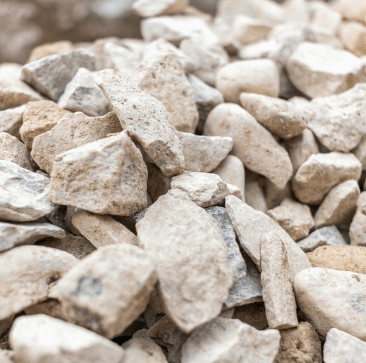
High-quality limestone is the primary material for producing quicklime in rotary kilns.

Dolomite can be calcined into dead-burned dolomite, essential for steel and refractory industries.
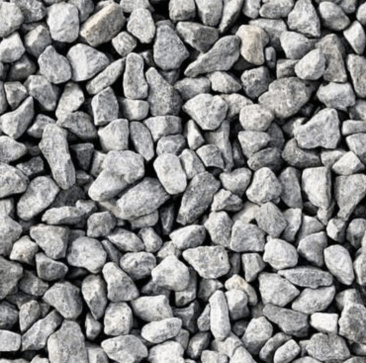
Bauxite is used in the production of alumina and calcined alumina in rotary kilns.
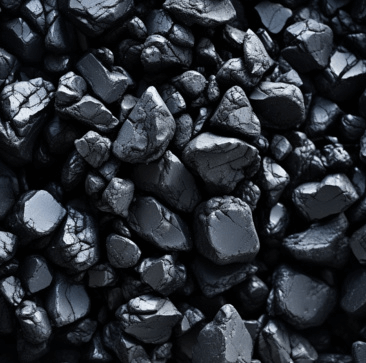
Gypsum is calcined in rotary kilns to produce plaster of Paris or anhydrite.
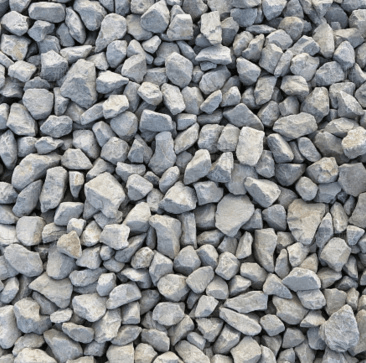
Quartz sand is sometimes used in lime production to adjust the fluxing properties of the kiln.

Clay is used for lime production and as a fluxing agent to improve material reactivity.
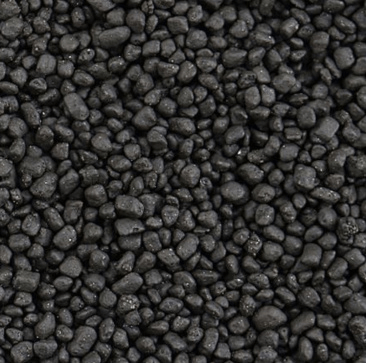
Phosphate ore can be processed to produce lime phosphate used in fertilizers.
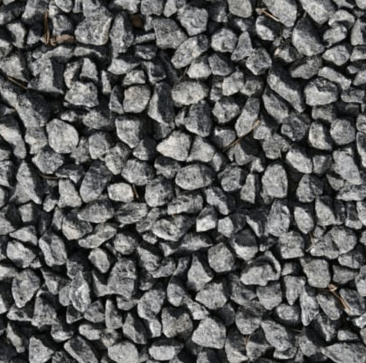
Metallurgical waste such as slag can be processed in rotary kilns to recover lime and other byproducts.
You can get in touch with us through the following contact information
AddressNo. 2289 Huancheng South Road, Tongxiang, Jiaxing, Zhejiang Province, China. Zip code:314500
Please fill in the sales inquiry form and our sales representatives will be in touch shortly.